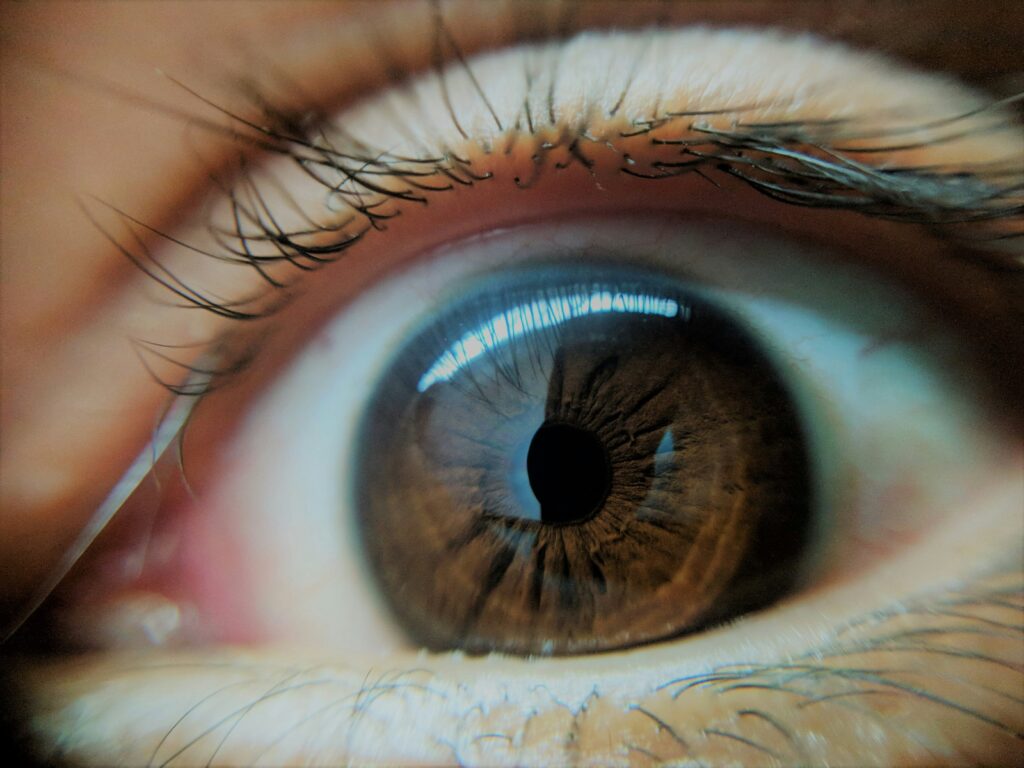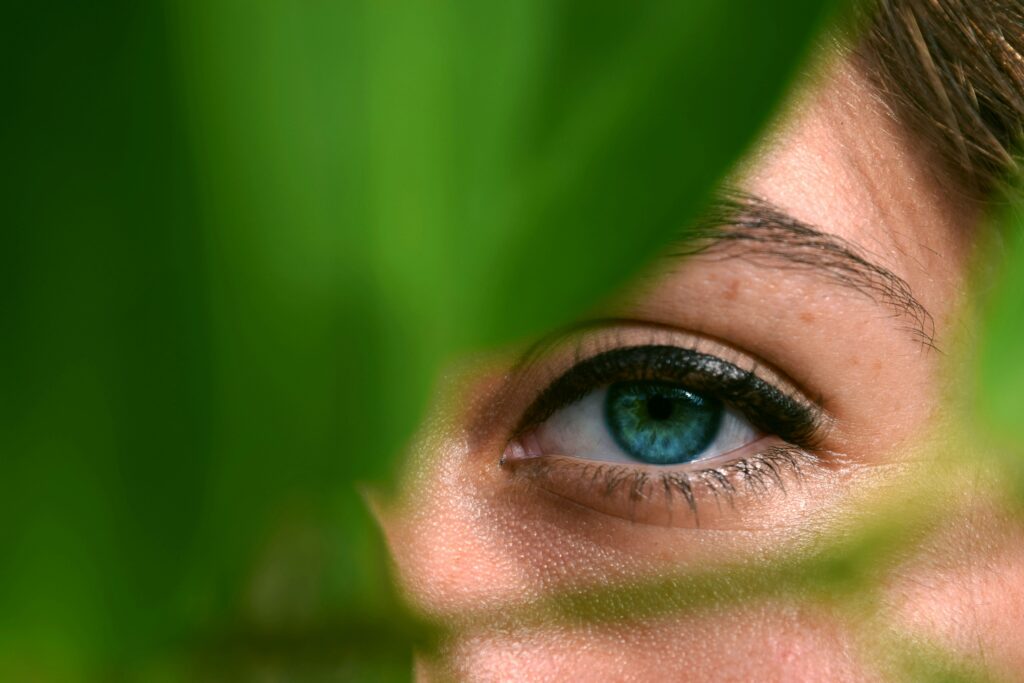

Cataracts
A cataract is the clouding of the eye’s natural lens (the transparent portion of the iris). When the natural lens becomes clouded, light cannot pass through and properly focus objects onto the retina, creating fuzzy vision. Early stages of cataracts can be managed with prescription eyeglasses. However, the only way to reverse the vision loss caused by a cataract is to have it surgically removed.
Glaucoma
Macular Degeneration
Dry Eye Syndrome
Keratoconus
Pink Eye
Pink eye, also known as conjunctivitis, is the inflammation of the conjunctiva (the tissue that goes over the white portion of eye and the inside of the eyelid). The condition may be caused by a virus, bacteria, allergies or debris entering the eye. Although usually not serious, pink eye can cause swollen eyelids, irritation and redness. Several medications and antibiotics are available to treat pink eye.
Diabetic Retinopathy
Computer Vision Syndrome
Presbyopia
Astigmastism
Chalazion
A chalazion is the inflammation of one or more of the eyelid glands (meibomian) that produce the oily part of the tear film. It is commonly called a stye. It is red and irritated and may cause the eyelid to swell and or stick shut. Once diagnosed we can usually treat it with a combination antibiotic/steroid drop, warm compresses and massage. Sometimes it may need an injection or incision and drainage.

